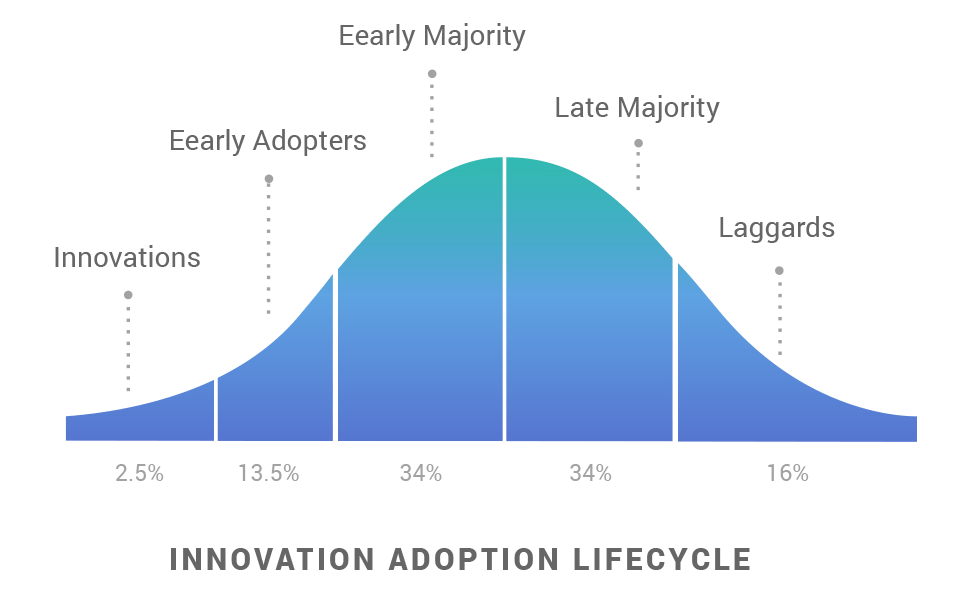In a recent survey, it was found that restructuring company culture was one of the most important and hardest aspects businesses face during a digital transformation. How can years, sometimes decades of policies and attitudes be changed to align with today’s marketing world?
Issues with changing company culture
The biggest obstacle in the way of successful change in company culture is resistance from employees. Many won’t like change because they fear the unknown. Employee insecurity, their inability to work in unknown situations and the loss of skill or power are all friction points that can stop progression and stall a digital transformation.
Before a company can start to change its culture to better serve customers, vendors and their own employees, they must educate everyone involved that change is for the greater good.
There should forums where employees can ask questions and raise concerns, with strong communication throughout all levels of the company on the subject.
Putting things in writing
Transforming company culture starts by putting pen to paper. Writing a concise statement discussing how and why changes are being made, will help employees get to grips with change, and can be used as a reference point throughout the transformation.
The statement should include how the company will:
- Treat prospects and customers
- Help and support employees
- Communicate and treat vendors and suppliers
Ensure it’s detailed and compact. Employees are much more likely to read an email or document of a few short paragraphs than a 5-10 page report.
All levels of management must be involved
81% of all cultural change initiatives fail because businesses don’t get everybody onboard. With any type of innovation or change, there are 5 steps to transforming company culture, starting with the innovators:

The CEO, heads of department, team managers and supervisors all need to rally together from the start to push new values and ideas onto colleagues and team members. They are the innovators and leaders of a business and will determine whether new initiatives will seep successfully into all areas of the company.
They are the first domino and once pushed, they will activate the rest of the innovation adoption lifecycle.
Change the recruitment process
It’s cheaper and easier to maintain company culture by finding employees that already fit the mold, than hiring candidates and trying to transform them. Many businesses still use dated recruitment techniques such as job boards, and interview candidates asking generic questions that provide no real information on their attitudes and values.
Social media sites like LinkedIn and oDesk are becoming increasing popular platforms to find talent that can easily fit into modern company cultures with little resistance.
Restructuring KPIs
Traditional KPIs and metrics generally involve placing greater importance on the business rather than the customer. For example, customer support teams often have goals such as answering 90% of their calls within the first 45 seconds. While an impressive goal on paper, how does this help the customer?
Measuring metrics on how the caller felt after the call and the level of service received is a much better KPI to evaluate and implement new changes. Airbnb email all their customers a survey after getting in touch with a customer service representative:

Learn to crawl, then walk
Implementing drastic changes of company culture is hard work and will often result in failure. Start by focusing on one or two areas and conduct experiments to see which methods work best.
When employees see these small changes working for the better, teams become more motivated and the early adopters and majority come join the transformation. Completely transforming job roles and procedures with little warning can upset employees and place roadblocks in change.
Summary
Changing a company culture to better serve customer, vendors, and employees in today’s business world doesn’t happen overnight. Research, planning and getting all levels of management onboard are crucial to success.
Start by educating employees to why changes are being made and leverage various levels of management to bring the initiative forward. A company cannot change its culture overnight, but taking a few steps forward can quickly snowball into the perfect transformation.

